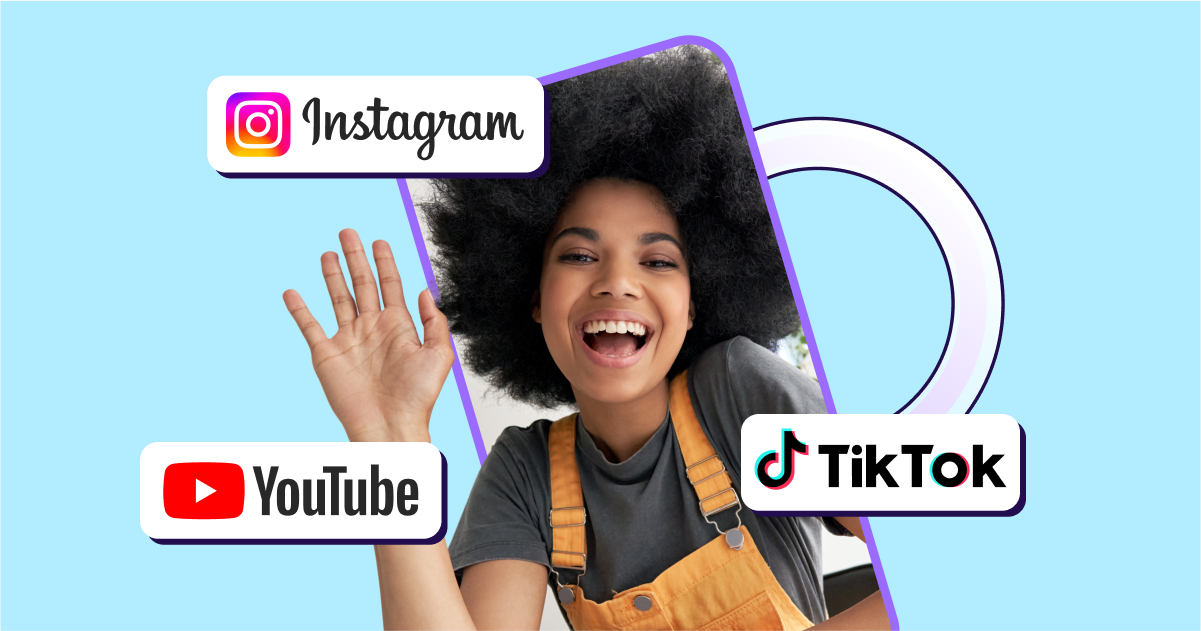
Lookback window
A lookback window is the period of time (after an ad is clicked or viewed) within which an install can be attributed, or matched to that ad.
The mechanics behind attributing an install
Advertisers and attribution providers use lookback windows to determine if a specific click or view led to a user’s decision to download an app.
There are several types of lookback windows:
7-day standard (default)
If a user clicks or views an ad served by Network X and installs the app within 7 days of the engagement (without clicking another ad before installing), Network X gets the credit for the install.
This window can often be configured by advertisers to better fit their attribution logic.
24-hour probabilistic modeling
For attribution to occur, a click or view needs a device ID, or unique identifier, such as Google Advertising ID or Apple’s IDFA. If there is no device ID, probabilistic modeling is used. This method is highly accurate only in the short term and therefore restricted to a 24-hour attribution window.
Probabilistic modeling is based on statistical probability and is not 100% accurate. However, it is very accurate within its 24-hour attribution window. Since the vast majority of users click and then install an app within hours, this window is usually enough.
Facebook, Google, and Twitter Attribution Windows
Both Facebook and Google enforce fixed attribution windows: 28 and 30 days respectively while Twitter’s default attribution windows are 1 day for views and 14 days for click engagements. For greater flexibility, Twitter gives advertisers a choice of 5 pre-set windows: 1, 7, 14, 30, 60, or 90 days.
These self-reporting networks usually operate on a CPC (cost per click) basis and charge advertisers for any click within the determined window, last click or otherwise.
How do 3rd-party attribution providers work with self-reporting networks?
Rather than reporting each click to attribution and measurement partners (as non-self-reporting networks work), these self-reporting networks create an open data sync with their partners. Whenever the attribution provider sees an install, it uses a proprietary API to sync the deviceID with the network.
The network then reports the details of any ad clicks or impressions from the device ID within the attribution window.



